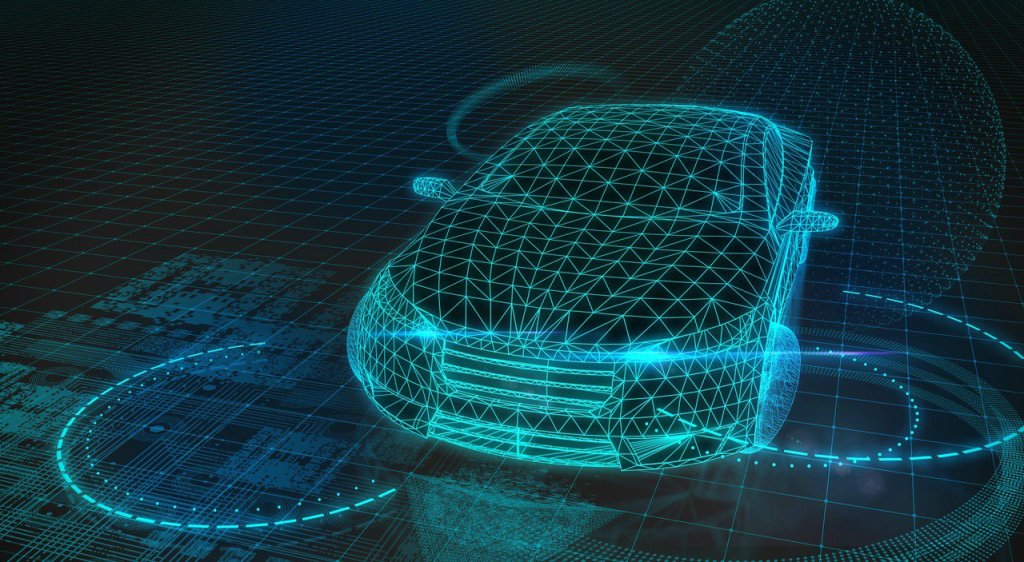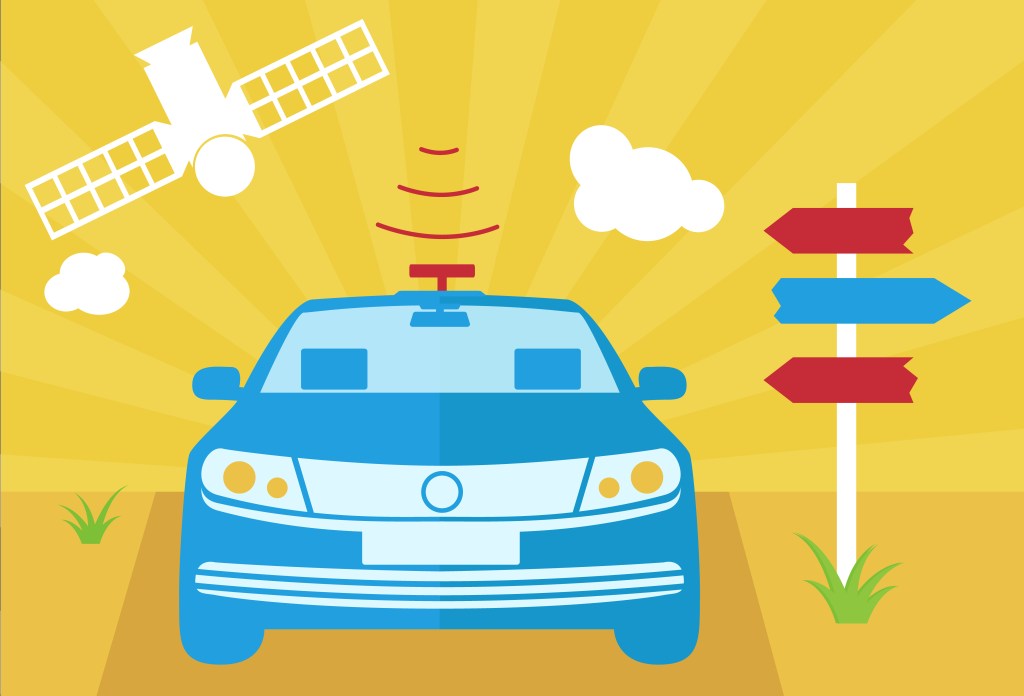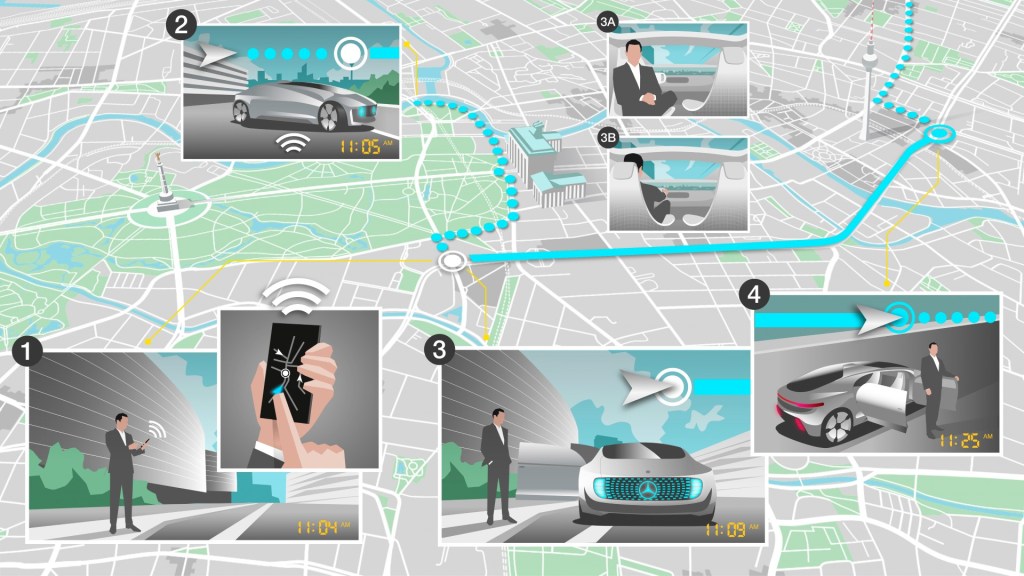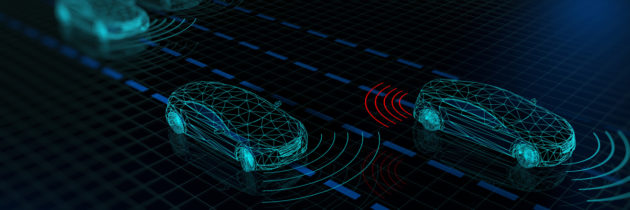Now is the time to plan for the autonomous vehicle future
This article original posted on techcrunch.com
The arrival of autonomous vehicles bring the prospect of improved transportation systems without the capital costs, operating subsidies and construction delays of new highway lanes and fixed rail systems. Cities, states, and the Federal Government, need to revise their transportation planning accordingly.
Autonomous vehicles have gone from a Jetson-like dream to a clear reality in less than one decade. In 2010, when Google first started developing autonomous vehicles, people asked, “Why are they wasting money on this? That’s never going to work.”
Today, we have not only seen public pilots of autonomous vehicles from companies like Uber and recent announcement by automakers such as Audi that it plans to begin selling, in 2018, a production car with Level 3 autonomy (meaning it requires no human attention to the road at speeds under 37 miles per hour), we have also begun to see striking data on the benefits of autonomous vehicles.
For example, after the National Highway Traffic Safety Administration investigated a Tesla Autopilot crash, they found a 40% decrease in traffic accidents when Tesla’s Autopilot feature was enabled in cars. In addition to significant reductions in accidents, the benefits of autonomous vehicles will also include less congestion, reduced emissions, reclaimed productive time, fewer new roads, reclaimed parking space, lower transportation costs for all and improved mobility of the elderly and disabled.

As traffic planners across the nation wrestle with the issues of moving people and goods within and between cities, there are a variety of transportation options to consider with everything from Hyperloop, to highways, bridges, buses, and light rail.
One thing that these projects all have in common is large-scale infrastructure projects which take a long time (often multiple decades) and require large up-front capital investments. Examples include the Big Dig in Boston, which cost nearly $15B, began in 1982 and was not completed until 2007; and in Seattle, the Alaskan Way Viaduct replacement, which began in 2001 and is not expected to be completed until 2021, at a cost of more than $4B.
Incorporating autonomous vehicles into our transportation systems, on the other hand, is a very low cost way to drastically improve the flow of goods and people within a region as long as we begin now to make the policy changes that will allow the benefits to be achieved as the technology comes to market.
Here in Seattle, we are proposing to convert Interstate-5 between Seattle and Vancouver, over a number of years, into an autonomous vehicle-only highway. Seattle and Vancouver are vibrant cities, but the transportation between them is tedious and impedes valuable economic partnerships.
Our proposal, which could be applied to many main Interstate highways and local limited-access thoroughfares, is to begin turning carpool lanes into autonomous vehicle lanes as early as next year.

Recall that HOV lanes were created as an incentive for commuters to change their behaviors. It is time to use that incentive to accelerate the move to the fututre architecture of transportation. As the number of autonomous vehicles grows over the coming decade, we could gradually dedicate entire lanes exclusively to AVs (and perhaps fit three AV lanes into the space of two traditional car lanes). Eventually, the entire highway would become autonomous-only.
While some stakeholders believe it is still too early to begin planning for autonomous vehicles on public roads, at the current rate of technological progress and with the early data suggesting drastic improvements in traffic safety, we believe we will reach a major tipping point during the coming decade, well within the time frame of a major transportation project.
The very same computing advances that allow your cell phones, computers, tablets and other gadgets to recognize you and respond to your voice now underpin the enabling of cars to achieve more and more autonomous operation. In the computing world these advances proceed quickly, with society adopting them en masse.

The only thing that will delay the arrival of autonomous vehicles in the U.S.A. will be timidity on the part of regulators and legislatures to give the public the chance to take them up at a similar rate.
There are still many questions in introducing autonomous vehicles into our current transportation systems– what level of autonomony will be required for inattentive driving under various conditions, will most people continue to own cars, how will street parking change — but dealing with these issues is clearly less expensive than the massive investment of building new highways, bridges, or rail lines.
Autonomous vehicles offer a plethora of benefits to cities and their tax payers — fast to market, low investment requirements, and many societal benefits ranging from fewer accidents to broader access to low-cost transportation.
Transit planners across the country should accelerate their consideration of the importance of autonomous vehicles as they map out their plans for the future of city and interstate transportation. These changes will be as important as the construction of the Interstate Highways System in the last century. It is time to get going…



